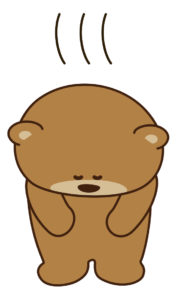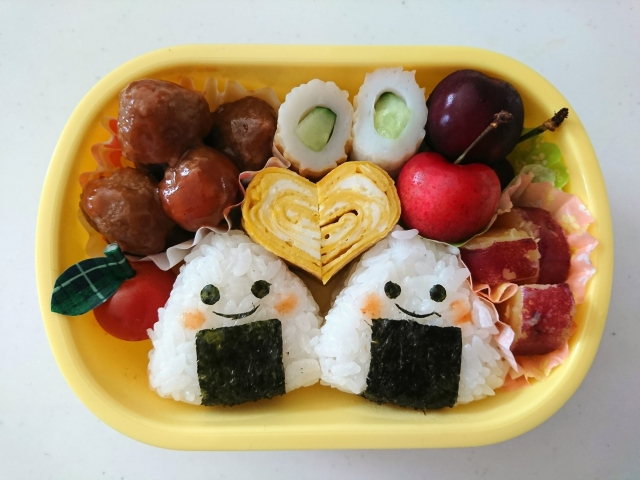“Oh my goodness! This bento is so adorable!” When you come across a bento box belonging to a kindergartener, you might notice a little smiling face on the Onigiri. By seeing and tasting the homemade bento, you can tell that it brings joy to the child. Even the Onigiri with a smiling face can bring a smile to your face. Kyara-ben, a character bento, is another example of personification where food is arranged to resemble people.

Japan is full of personified things. You can find them in TV commercials where animals act like humans. For example, a dog acting like a human in a commercial can make you smile and enjoy it without feeling annoyed by the advertisement. However, you may wonder why personification is so prevalent in Japan.
Personification has a history
Personification has a long history in Japan. The oldest known personification drawing in Japan is Choju-Giga (鳥獣戯画, “Animal Caricatures”), dating back to the 12th to 13th century. Additionally, Ukiyo-E (浮世絵 “Japanese woodblock prints”) from the 17th century featured animals, fish, and tools in their drawings, not just people.
Personification makes things closer
Personification is not limited to children; it also appeals to adults and creates a stronger emotional connection with objects. For example, Japanese companies such as Softbank and Nisshinbo use personification in their TV commercials, featuring dogs acting like humans, which effectively grabs the attention of adults and promotes their companies, services, and products. Even in everyday interactions, receiving a personified sticker from a Japanese friend via SNS messenger can create a closer bond. See the example below.

The bowing bear not only expresses a big thanks to you but also carries polite but informal feelings of your friend. Personified things help to explain how we feel when we cannot find suitable words.
Be mindful of the appropriate timing, location, audience, and method of communication
While using personified objects can help avoid conflicts in Japan, they should only be relied upon to solve some communication challenges. For example, in specific scenarios, face-to-face conversations may be more effective than utilizing cartoons or animal figures.
Personification is a communication technique used by the Japanese. An example of this is when a little girl sees a Kayaben, a hand-made item created by her mother, and feels loved because of the smiling face on the Onigiri. This non-verbal communication conveys the message without any words being spoken.
